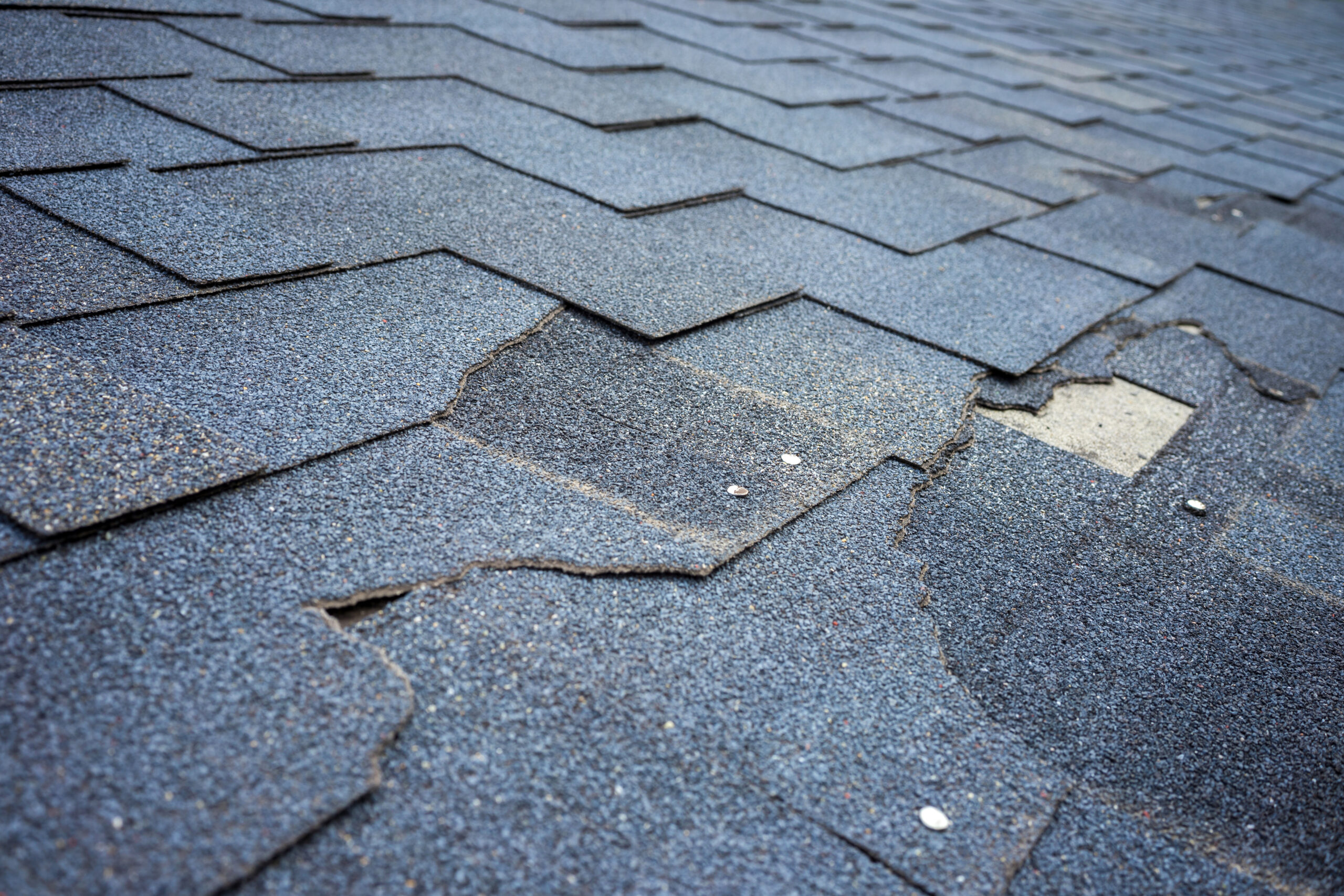When it comes to the age-old question of whether to repair or replace your roof, there is no easy answer. Whether you are a homeowner faced with damaged shingles flying in windy weather or an investor looking at a building with signs of aging and wear, this article will walk you through five questions to ask when deciding between a roof repair and roof replacement.
How old is your roof?
The first important factor is the age of the roof. Depending on the type of material used and its condition, this can be an indicator of when to replace a roof. For instance, even though asphalt shingles last 20-30 years on average, certain factors such as poor installation or exposure to extreme weather events can lead to significant damage in less time. If your roof is showing signs of aging and/or has suffered storm damage, leaks, or other problems, it may be a good idea to consider replacing it rather than repeatedly paying for repairs.
Is your roof leaking?
The second factor is roof leaks. A leaky roof is one of the most common reasons homeowners need either roof repairs or roofing material replacement. If you’ve seen water stains inside your home that run across ceilings or down walls, the cause could be a leaky roof that needs attention right away – preferably with assistance from a certified roofing contractor who can help figure out the origin and severity of any issues present. Even small leaks can eventually become big problems such as mold growth due to high moisture levels, rotting framing and sheathing materials, damaged ceilings caused by seeping water overhead and wet or destroyed insulation making its way into living spaces.
What is the extent of the damages?
When trying to make your decision between a repair and replacement job for your troubled rooftop space it’s always best practice to have an experienced contractor come out and inspect what state everything is in before diving further into the project.
This third consideration looks at not just how attractive everything appears but also its long-term performance capability aside from what material types are employed; both these elements can affect the formability of creating a waterproof structure around your house’s interior living spaces. Examples of damage vary between different types of materials but generally consist of aesthetic damage like moss growing along rooftop surfaces or darkened streaks between individual tiles all while structural damage would include things like curled edges along fiberglass shingle bundles curling up at edging pieces holding together roofs composed mainly out of tiles made from ceramic clay (concrete) topped off with things like rusty metal covering sheets connected with screws instead of nails made from scraps left over from demolition sites around town (that’s another trend these days).
It’s also important to know if you live in an area susceptible to hail storms or tornadoes because then replacing missing shingles immediately following bad weather helps prevent future issues like roof leaks from occurring again in those vulnerable spots. Damage from hail is especially worthy noting since it has an impact on the long term effects concerning performance quality below such as how well moisture runs off during rain rains yet still holds enough structurally tight enough so that snow doesn’t pile up too quickly during winter months either; crazy thought right? However true it might be that all adds together into having quite varying degrees on levels between sections within yours truly – depending upon physical condition – when weighing one against another alongside cost. Which brings us to our fourth question.
The fourth point is cost which should always come into play among practically anything worth considering whether wanting repaired at all versus replaced entirely anew – ding dongs goes those budget bells ringing loud & proud! In general, minor repairs end up adding up faster than expected while doing replacements outright takes chunks away especially severe cases require large amounts determined carefully after inspection followed then by comparison alongside other pricing points produced elsewhere ought vying one against each other until finally settling upon “the one” service shop appearing as good fit for entire length about needed work done overall financial situation wise too yep trust me heard every story possible concerning similar topics!
Finding qualified contractors nearby who offer financing options can help ease concerns when looking at something as expensive as a roofing project. It’s important to look beyond just the cost and consider the overall value. Many contractors accept credit cards or even offer gift certificates, making payment easier. However, it’s crucial to research local authorities to ensure the licenses of those handling the job are valid to avoid any issues later on.
It’s also wise to consider contractors who have been vetted beforehand to avoid potential scams. While it may be tempting to rush into a decision, taking the time to study your options can prevent costly mistakes. Additionally, seeking help from neighbors who have had positive experiences with contractors can be beneficial. Ultimately, when deciding between repairing and replacing your roof, factors such as the roof’s age and the extent of damage should be considered.
